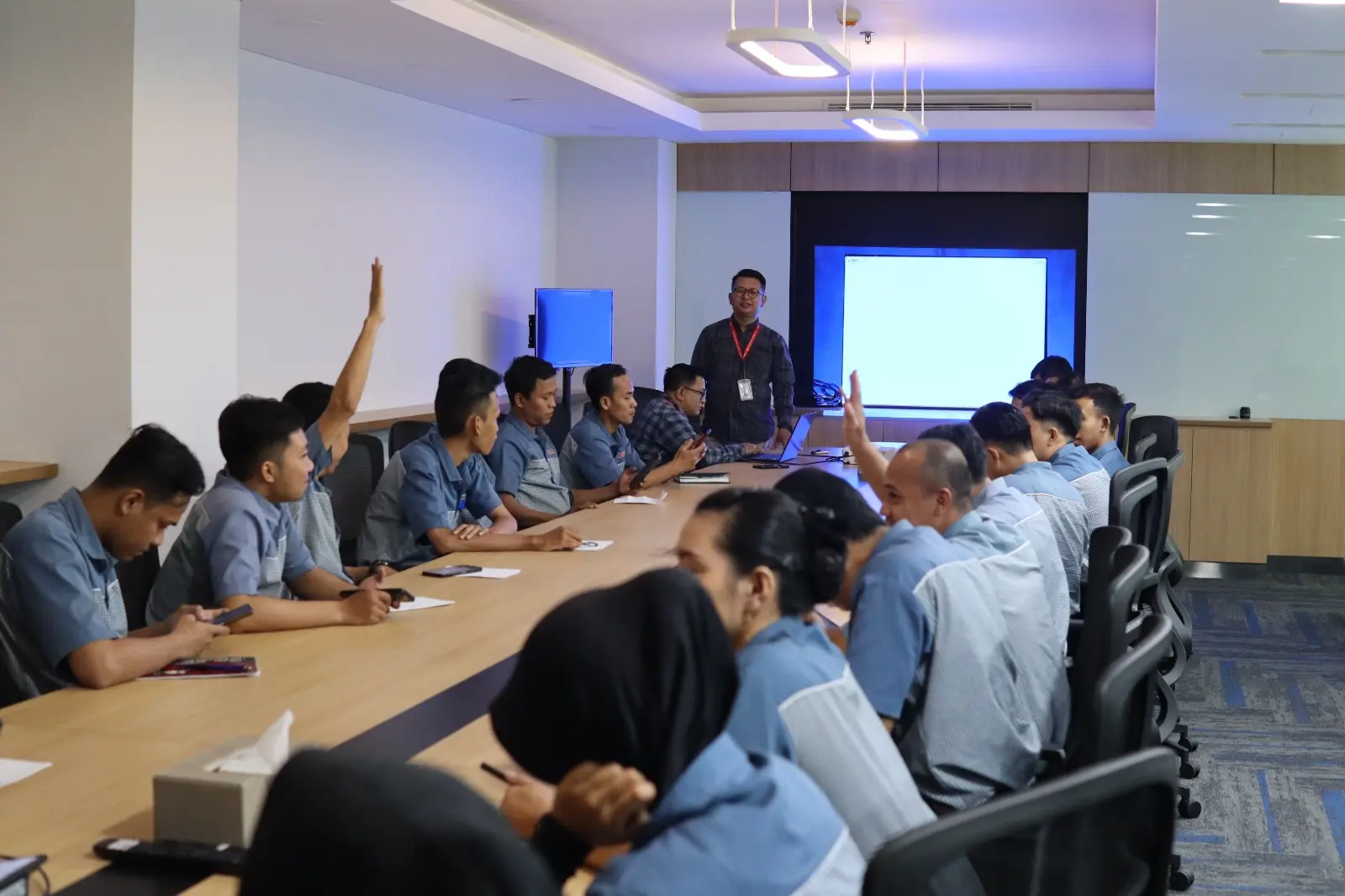5 Examples of Manpower Planning and How to Create It

Team Shield On Service
Editorial
18 June 2025

Manpower planning examples can help businesses understand how to manage their workforce needs efficiently. With proper planning, companies can avoid being understaffed or overstaffed during critical periods. For instance, hiring temporary staff during peak project seasons or implementing flexible work schedules when workload decreases.
Let’s explore various real-life examples to help you craft the right workforce strategy for your company!
Read Also: Fixed Mindset vs Growth Mindset: What’s the Difference?
5 Practical Examples of Manpower Planning
To make it easier to understand, here are several manpower planning examples from various industries. Companies can use these as references when structuring their workforce plans:
1. Retail Companies During Holiday Seasons
During holidays or major sales events, retail stores typically experience a surge in customer traffic. Manpower planning involves hiring temporary staff for cashier and customer service roles to ensure fast and friendly service.
2. Construction Companies at Different Project Stages
In the construction industry, workforce needs vary depending on the project phase. Early stages may require more excavation and concrete workers, while final phases may need finishing technicians and quality control supervisors.
3. Manufacturing Industry During Production Surges
Factories often plan manpower based on production schedules. When product demand increases, they may hire more machine operators and warehouse staff. Shift schedules are also adjusted to ensure continuous production.
4. Customer Service During Promotional Campaigns
Customer service businesses like call centers adjust staff levels based on incoming call volume. During promotions, manpower planning focuses on adding night shifts and training staff to handle customer complaints effectively.
5. Government Agencies Ahead of Mass Retirements
Public sector institutions plan for replacing retiring employees. For example, if 20% of staff are retiring in the next two years, recruitment plans for civil servants or leadership development programs need to be implemented in advance.
Objectives of Manpower Planning
Manpower planning is more than just listing employee headcounts. It’s a long-term strategy to balance workforce needs with business operations. Here are its key objectives:
1. Ensuring Availability of the Right Workforce
Manpower planning helps the company maintain the right workforce in terms of quantity, skills, and timing—ensuring readiness for dynamic business changes and demands.
2. Optimizing Human Resources
It allows better utilization of current employees through workload balancing, job rotation, or cross-functional training to improve team flexibility.
3. Anticipating Organizational Changes
During expansions, mergers, or digital transformations, manpower planning serves as a roadmap for adjusting workforce structure without disrupting operations.
4. Preparing Employee Development Plans
It helps identify which skills need to be developed, enabling companies to design appropriate training programs and prepare employees for future roles.
5. Boosting Productivity and Competitiveness
A workforce that aligns with operational needs improves efficiency. Higher productivity leads to a stronger competitive edge in the market.
Read Also: 7 Examples of Effective Performance Management Systems
How to Develop Effective Manpower Planning
Creating an effective manpower plan requires a structured approach involving analysis, mapping, and strategy. Here’s how to do it step by step:
1. Analyze the Company’s Vision, Mission, and Strategy
Start by understanding the company’s direction and short- or long-term goals. Will there be expansion, digitalization, or cost-efficiency efforts? The answers help you forecast future workforce needs aligned with business strategy.
2. Evaluate Current Organizational Structure and Workforce
Review your existing organizational structure and employee profiles. Analyze the number of staff per department and their quality (skills, performance, age, tenure) to identify overstaffed or understaffed areas, and functions needing improvement.
3. Project Future Workforce Needs
Based on business plans and industry trends, forecast your workforce needs for the next 1–3 years. Include plans for new positions, additional staffing, or potential downsizing due to automation or efficiency initiatives.
4. Identify Gaps in Skills and Capacity
Compare future workforce projections with current conditions. Are there skill gaps? Can existing staff be reassigned to new roles? Identifying these gaps helps determine whether you need training, internal promotions, or external recruitment.
5. Plan Internal Employee Development
If part of the future workforce can come from within, design employee development programs. These could include technical training, leadership development, or job rotation to help staff transition into higher or critical roles.
Read Also: 7 Effective Ways to Overcome Labor Shortages
6. Develop a Targeted Recruitment Strategy
For positions that cannot be filled internally, create a clear hiring plan. Define the required skills, timeline, sourcing channels (job portals, headhunters, universities), and candidate profiles to ensure a fast and efficient process.
7. Monitor and Evaluate Your Plan
Don’t forget the importance of evaluation. Manpower planning should be reviewed regularly to adapt to market changes, organizational shifts, or policy updates. A good monitoring system allows companies to adjust strategies dynamically and prevent overstaffing or shortages.
Manpower planning is a critical component of HR management that ensures your company has the right people—in both quantity and quality. With the right strategy, you can avoid workforce gaps, balance workloads, and enhance overall productivity.
If creating a manpower plan feels complex or you need trained personnel to implement it, don’t worry—you can rely on SOS for support. SOS is ready to provide human resources that match your business needs and strategic goals.
Simplify Your Manpower Planning with SOS’s Professional Team!
Efficiently managing your workforce is no easy task—especially in a fast-growing company. That’s why partnering with a workforce outsourcing provider like SOS can be an effective solution.
As an experienced outsourcing service provider, SOS offers integrated workforce solutions for various industries. We supply trained personnel based on your company’s specific needs—whether for operational staff, janitorial services, or security personnel.
Our team understands the security and efficiency challenges across sectors. With industry-standard training and extensive experience, we deliver reliable, fast, and tailored workforce solutions. Get in touch with SOS via WhatsApp today and discover how we can support your manpower planning!



